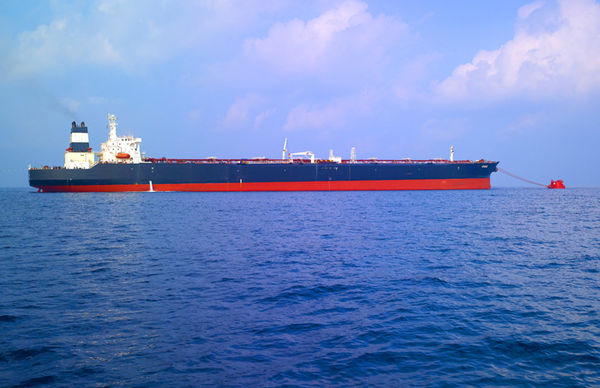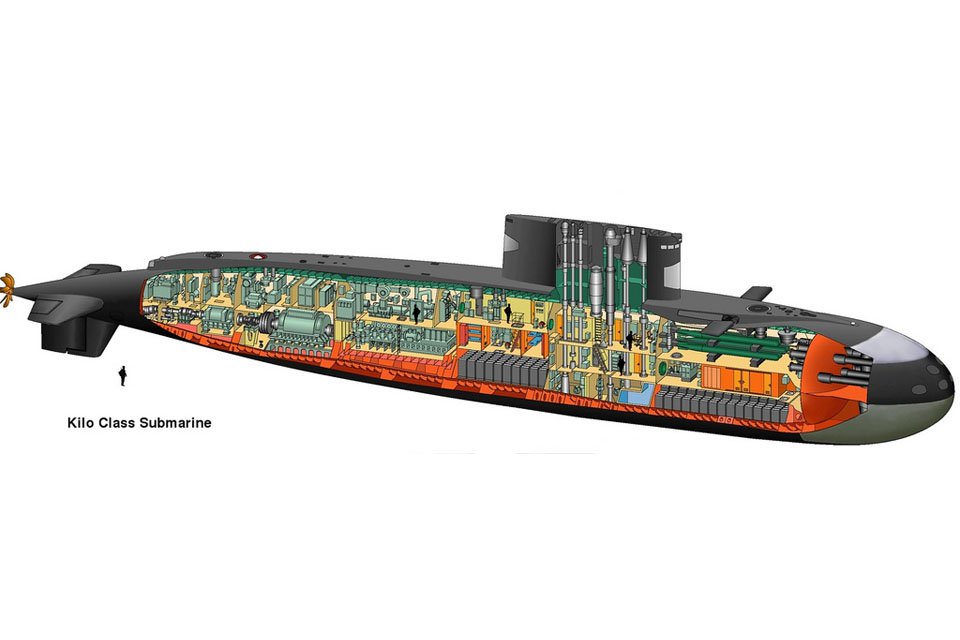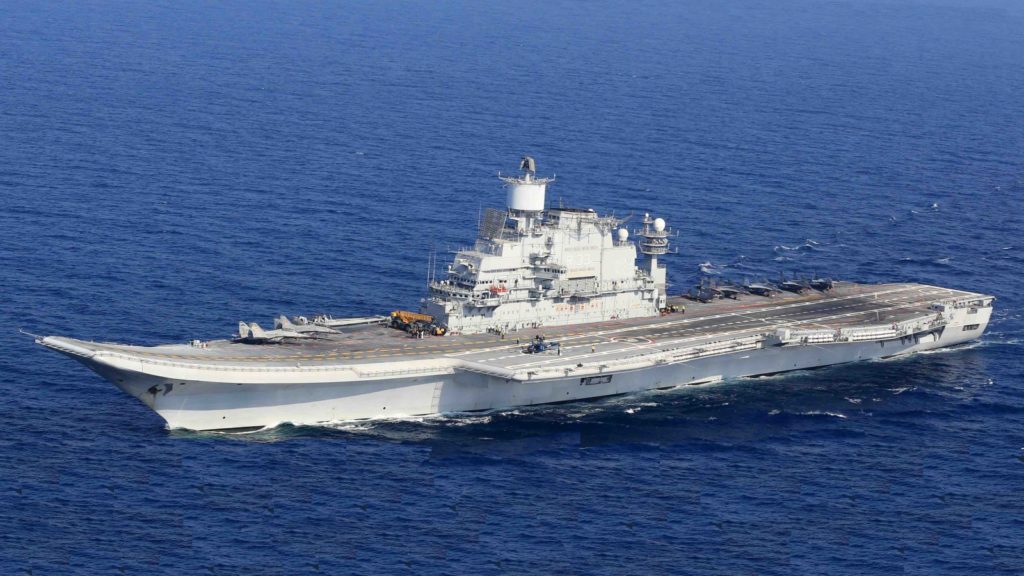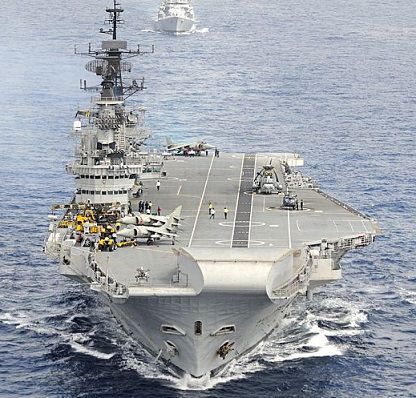Now that we are less than two days away from decommissioning Indian Naval Ship Viraat, the world’s oldest warship in active service, perhaps it is time that we take in how huge are things at sea in comparison to what we are used to ashore.
I remember when I was undergoing the Army Higher Command Course in 1996-97 and it was being discussed how two-third of India’s energy imports are in the Gulf of Kachchh (GoK), within easy reach of the Pakistan Navy and Pakistan Air Force, it was discussed as to why should we have these imported there? Why couldn’t we transport it “by lorries” etc to safer places? When I mentioned that a lorry carried up to about 20 tons of fuel and that an average VLCC – just one VLCC that is (VLCC – Very Large Crude Carrier) – being received at GoK ports was anything between 100000 tonnes to 250000 tonnes, this was the first time that their minds were exposed to something as large as this.

There is, therefore, no shame in admitting that one is almost totally at sea whilst discussing matters of the sea. Even some of the Navy guys don’t understand the enormity of things of another branch or department.
Take the case of a ship at sea wanting to exercise with a submarine that she had met by chance encounter. The submarine signaled back, regretting her inability to do so since ‘she was charging her batteries‘. At this, the ship signaled to the submarine that she would approach close to her and batteries could be transferred to the ship for charging by her.
Didn’t understand the joke? Well, a submarine displaces about 2000 tonnes. Roughly about one-fourth to one-third displacement of the submarine is due to her propulsion batteries. These are the batteries that the submarine charges whilst on surface or at periscope depth so as to provide her with underwater propulsion. And, the CO of the ship was asking her to transfer them to the ship for charging! A submarine’s battery is not a small, unitary device like a car battery, but a massive collection of huge individual cells gathered in a large compartment in the lower section of the hull!

Viraat is a light aircraft carrier (only about 25000 tonnes). Yet she carries with her, in the form of her flight deck only, about 3 acres of Indian sovereignty wherever she goes. And she has done this, until 23 Jul 2016, when she sailed last, 1,094,215 kilometers of passage around the globe (Vikrmaditya is about twice her tonnage and more than 4 acres of flight deck). Viraat is about a quarter of a kilometre long and you add another about 60 metres for Vikramaditya! Anything between 28 to 33 feet of the ships are underwater. Vikramaditya, for example, has 22 decks (equivalent to ‘storeys’ of a building).

However large a ship may be, it can never match the enormity of the sea. Ask a pilot, for example, and he would tell you that at sea, landing on Viraat appears to be like landing on a match box.
In one of the theatre-level exercises, being the Director of Maritime Warfare Centre, I and my staff were in the Control Centre and also asked to analyse the exercise. One of the ships (my ex ship Ganga) sent a report from sea of not just detecting (on radar) Viraat, but actually sighting (imagine sighting with naked eyes) Viraat at close quarters. The CO asked his ship’s company to come up on the upper decks and they not just saw Viraat but some of them took pictures too!
We married the tracks in MWC and found that Viraat was 180 Nautical Miles away at that time. And yet, even in the debrief, Ganga CO insisted that they ‘saw’ Viraat!
This is just one example of ‘illusions‘ we see at sea.
You can’t blame an Awkward Sentry who didn’t come to know that the ship had sailed off in my earlier post Awkward Sentry.
Ladies and gentlemen, it is high-time that we start learning about the silent service, the Indian Navy, the fifth largest Navy in the world that is about to decommission the oldest active warship in the world: INS Viraat.
